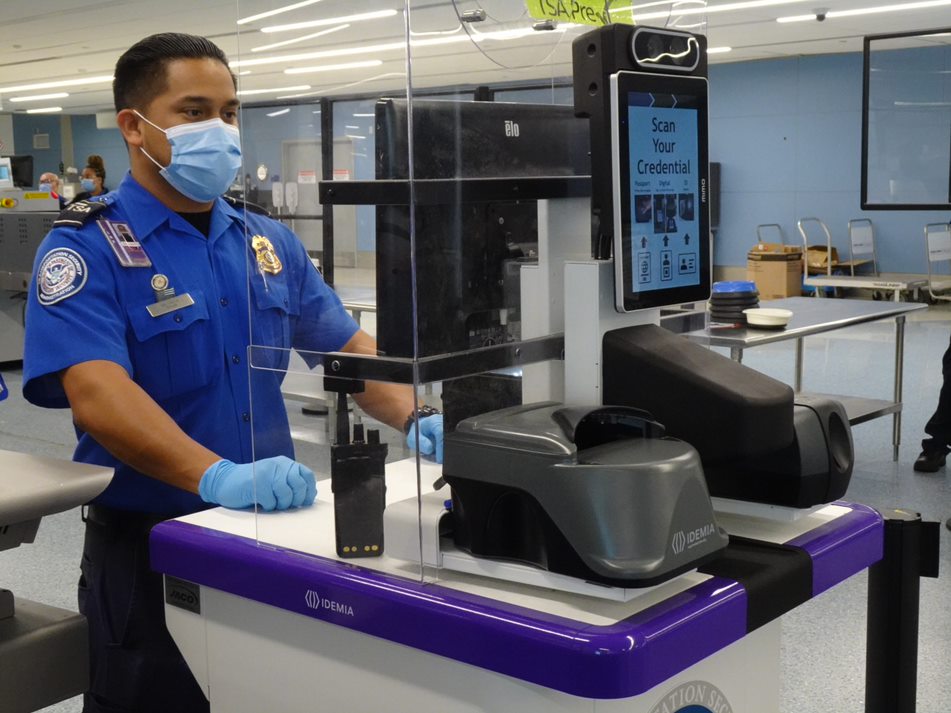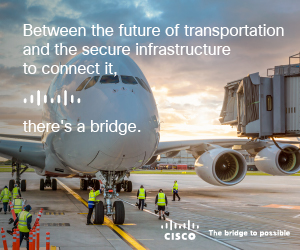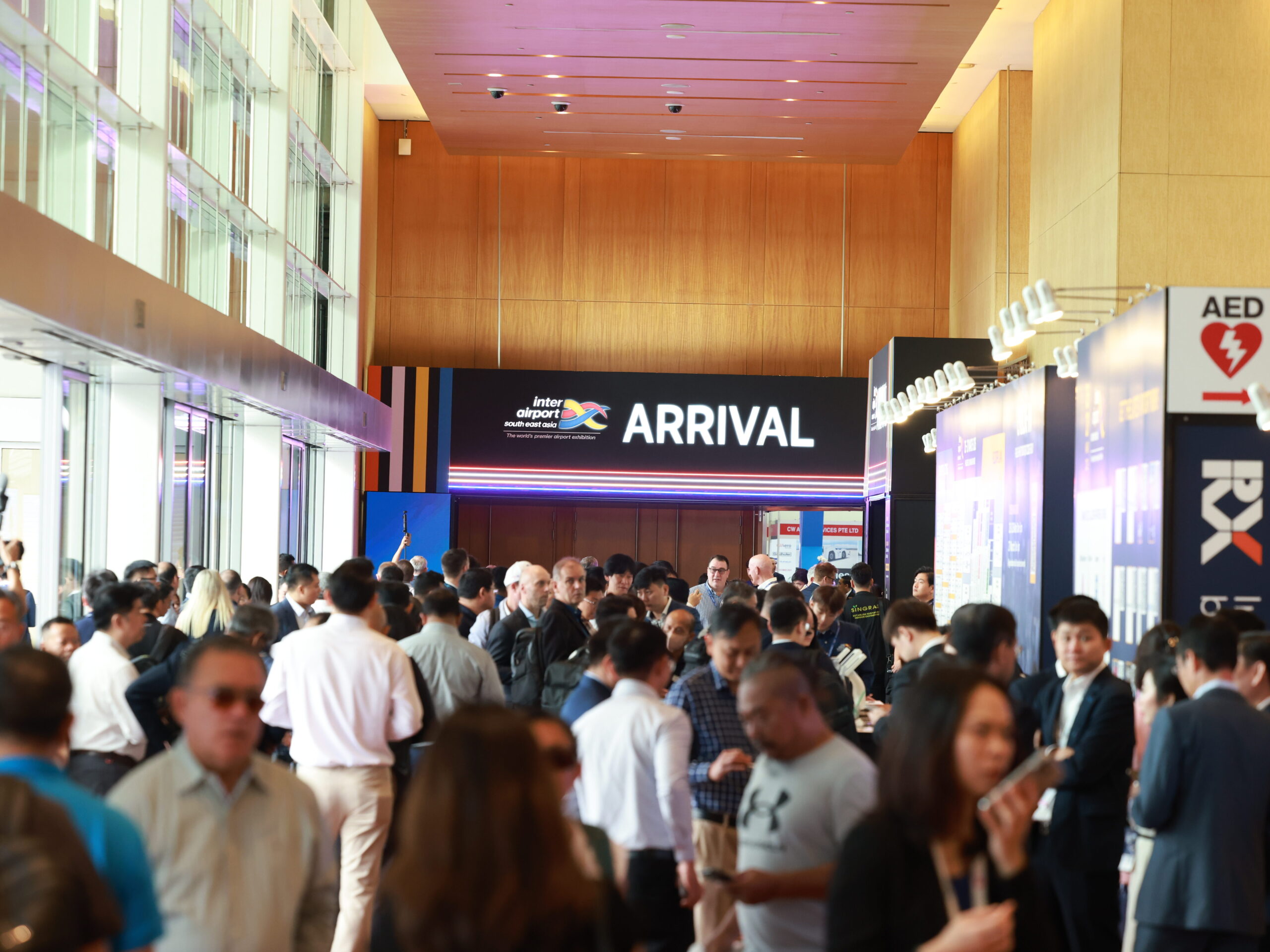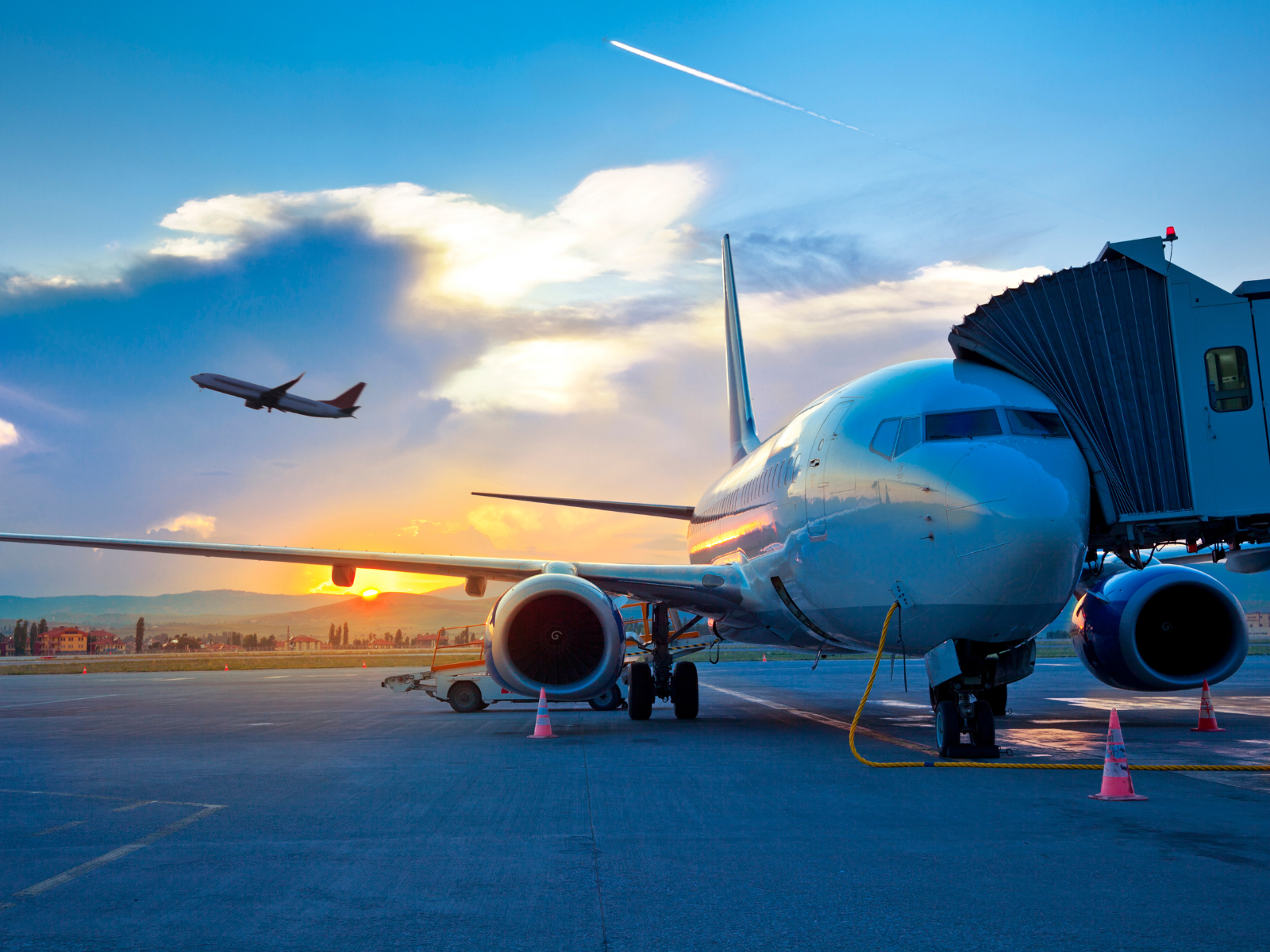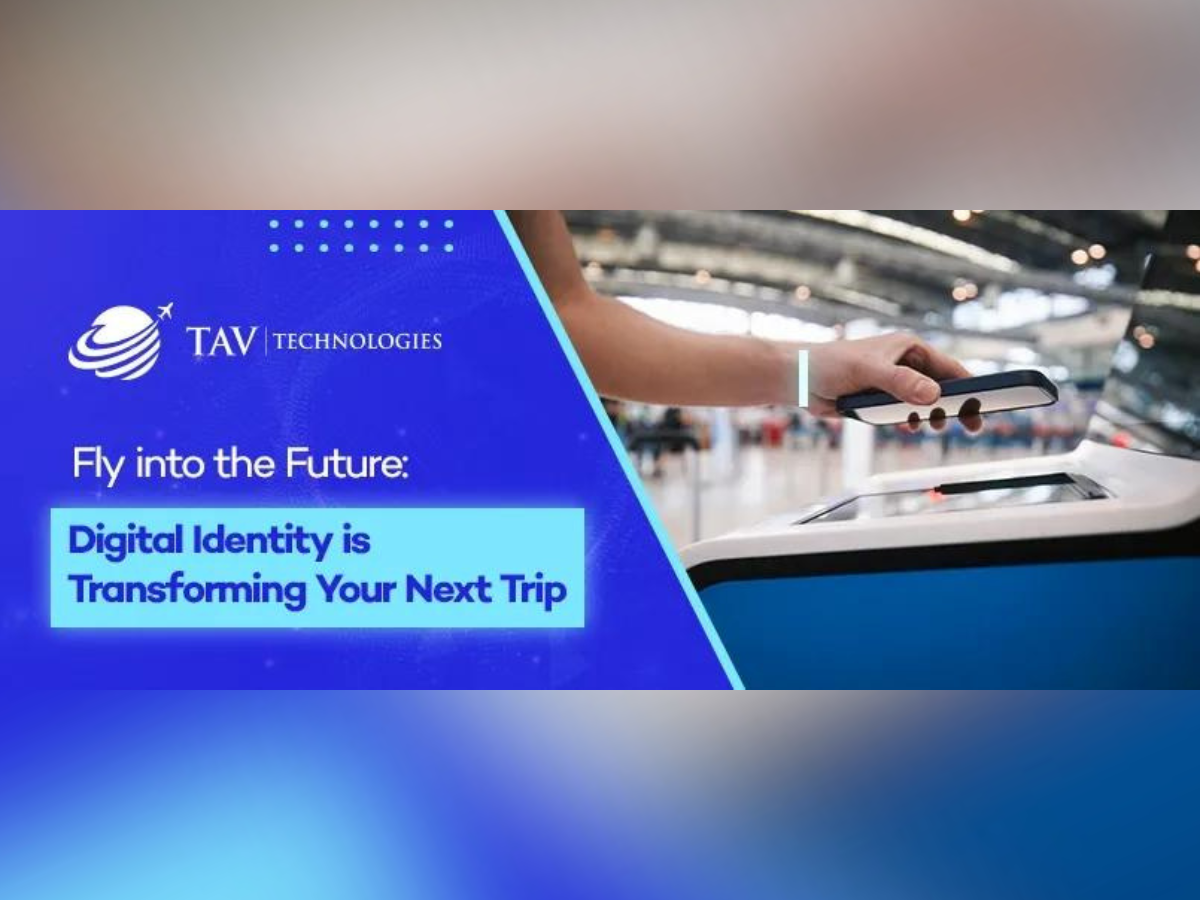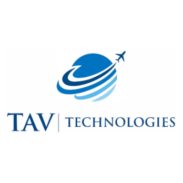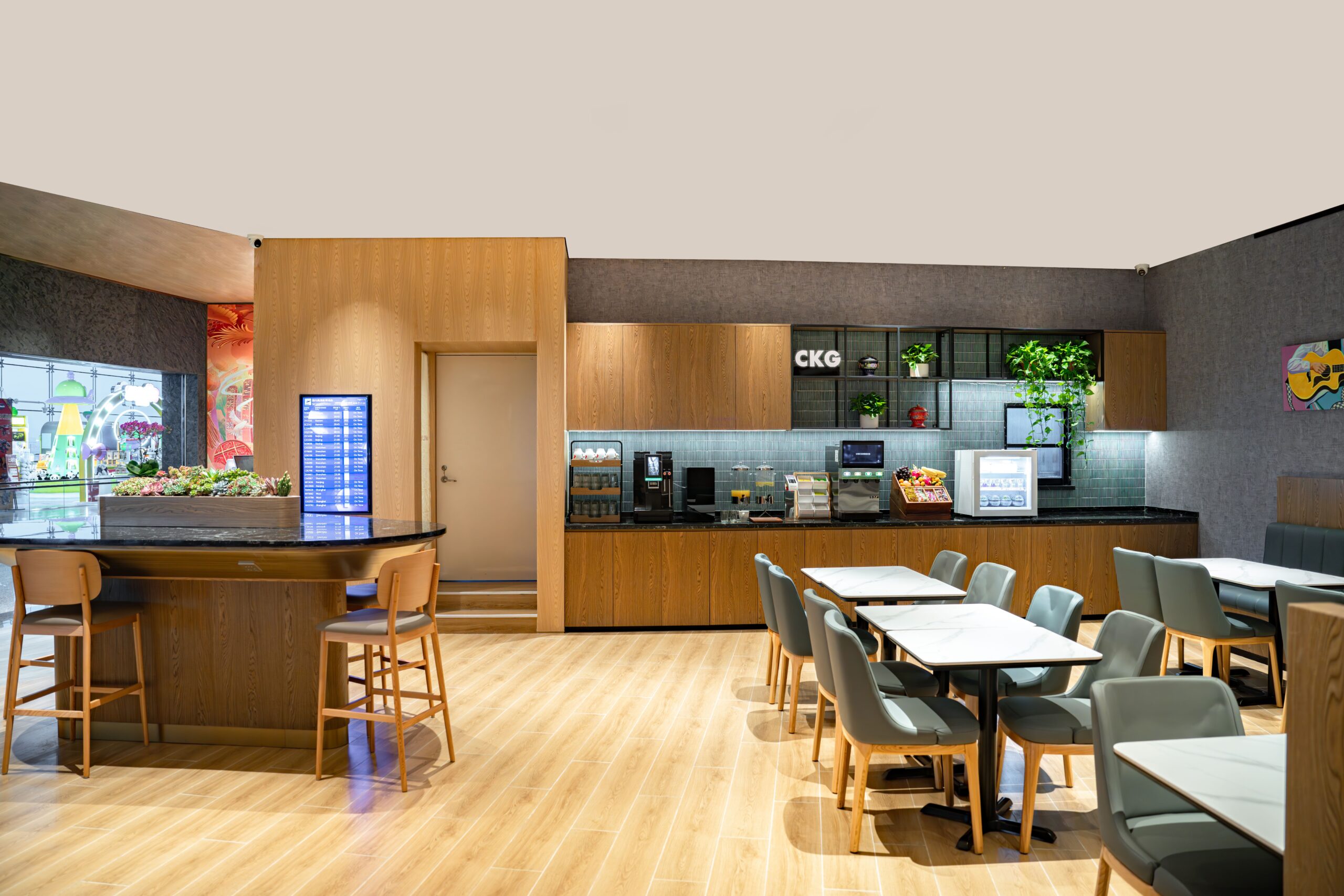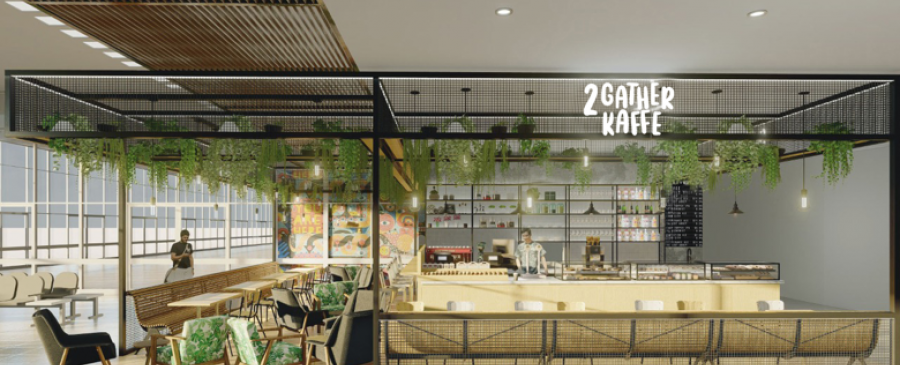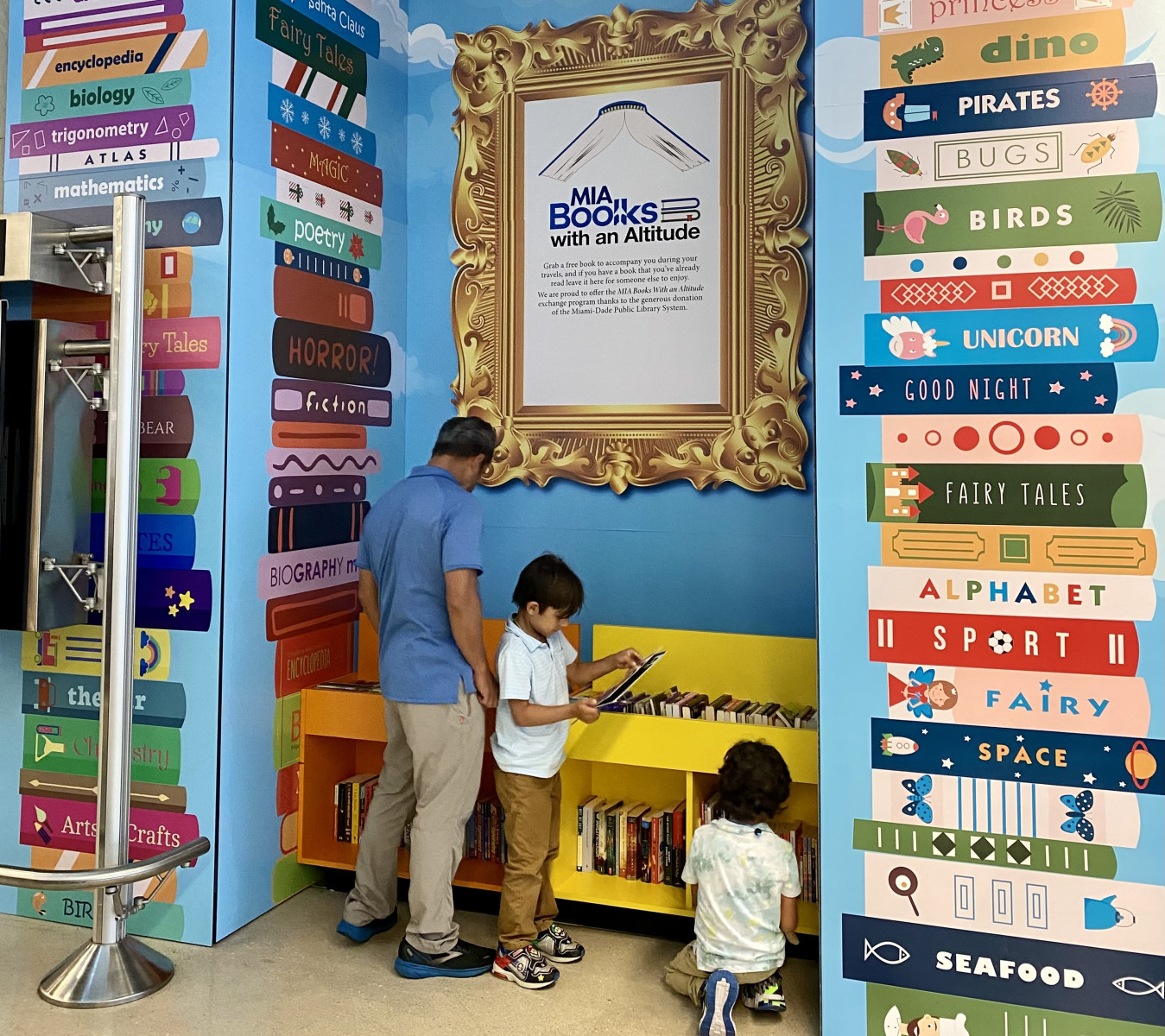Each year, the Consumer Electronics Show (CES) showcases what to expect from technology in the year ahead. With airports using digital and smart technologies more and more in the successful rebound from the COVID-19 pandemic, the event remains highly relevant to the industry.
Standout product debuts from past issues have included PARALLEL REALITY™ display screens, which allow up to 100 passengers to simultaneously see personalised content tailored to their flight on a single digital screen, alongside Honda’s autonomous robot, which can carry out repetitive airfield tasks.

This year, CES strengthened its focus on implementing the latest technologies to deliver a more streamlined and personalised travel experience for passengers.
Indeed, during a panel discussion entitled “Your Future Travel and Hospitality Experiences are Awesomely Digital,” Richie Karaburun, Clinical Associate Professor of Hospitality and Tourism at NYU acknowledged that the pandemic has accelerated digitalisation in how we travel and has changed consumer expectations. Now, passengers expect to have to be able to do more on their phone, rather than relying on paper documents, and in turn, anticipate a more streamlined and efficient experience.
Airport Security
In line with this demand, the US Transportation Security Administration (TSA) has worked with state authorities to accept the use of digital identities at security checkpoints. For example, mobile driving licenses (mDLs) are now active in the states of Arizona, Colorado, Delaware, Georgia, Florida, Iowa, Louisiana, Maryland, Mississippi, Missouri and Utah.
What’s more, biometric technologies are also being rolled out at airports nationwide to allow passengers to confirm their identities without having to produce their physical passport or boarding pass. This can save a significant amount of time and help reduce waits at the airport.
At CES, Yemi Oshinnaiye, Chief Information Officer at the TSA acknowledged that the TSA is an ideal leader in this field, as it has always had to meet strict data privacy standards concerning identity and security, and can thus satisfy consumer concerns about how their privacy is safeguarded.
In addition to streamlining document and identity checks, airports worldwide are upgrading security checkpoints by installing CT scanners. This technology will remove the requirement for passengers to remove large electronic items and liquids from their cabin baggage when passing through security.
Beyond this significant time-saving measure, during CES 2024, the TSA and the US Department of Homeland Security’s Science and Technology Directorate (S&T) also showcased the potential to further expedite security procedures by using self-service screening pods. Scheduled to be piloted over the coming years, this new concept would enable passengers to complete the screening process with minimal to no assistance from Transportation Security Officers (TSOs).
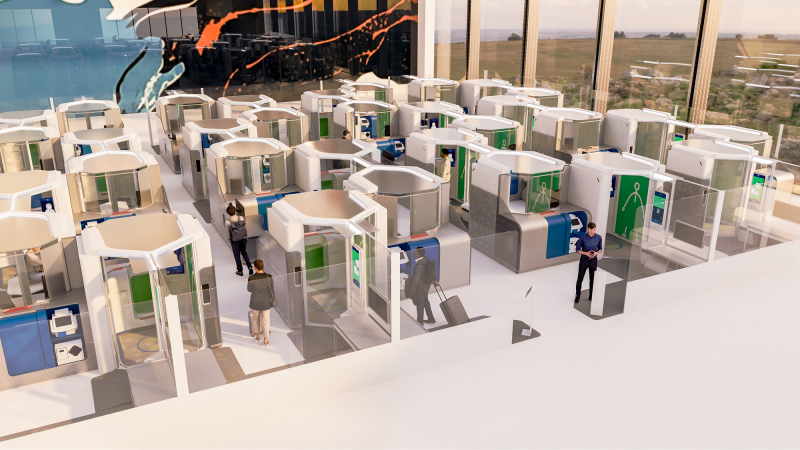
Terminal Experience
It is also worth noting that many multi-use technologies showcased at CES 2024 can be specifically applied to help enhance the passenger experience at airports. In particular, the rise in capabilities seen in robotics and artificial intelligence throughout the event offers multiple use cases in the airport environment.
Indeed, robots are already deployed in airports for consumer deliveries, cleaning, and check-in assistance. Now, with their technologies continuing to develop, the industry anticipates that additional consumer benefits can be realised.
For example, Ottonomy, which already provides fully autonomous deliveries in airport terminals across Europe and the US, unveiled its latest developments at CES. In partnership with Cooler Keg, this includes a new feature for the robot to independently dispense beer and other drinks.
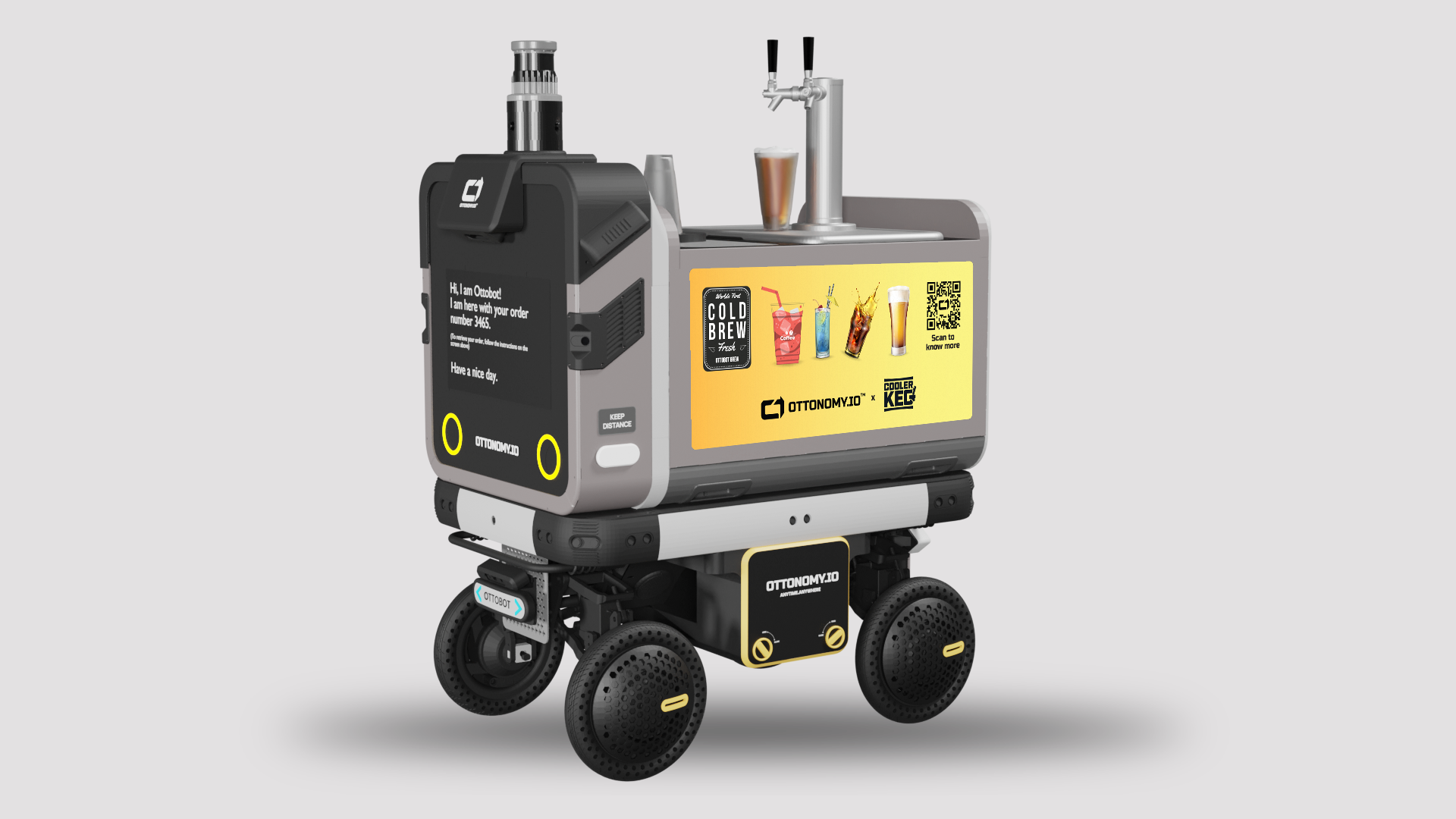
Meanwhile, in response to the demand for a more personalised airport experience, Bluetooth SIG presented the potential of Auracast to transform the airport experience.
Auracast, which will be built into iOS and Android platforms, can broadcast content to connected devices in public environments, allowing the user to select relevant channels. For example, at CES, Bluetooth SIG demoed its capabilities on TVs in an airport bar, allowing users to switch between two sports broadcasts according to preference.
In addition, the potential of this technology was also noted to surpass entertainment by providing users with audio airport announcements specific to their flight, thus helping to deliver a simpler and more enjoyable airport experience.
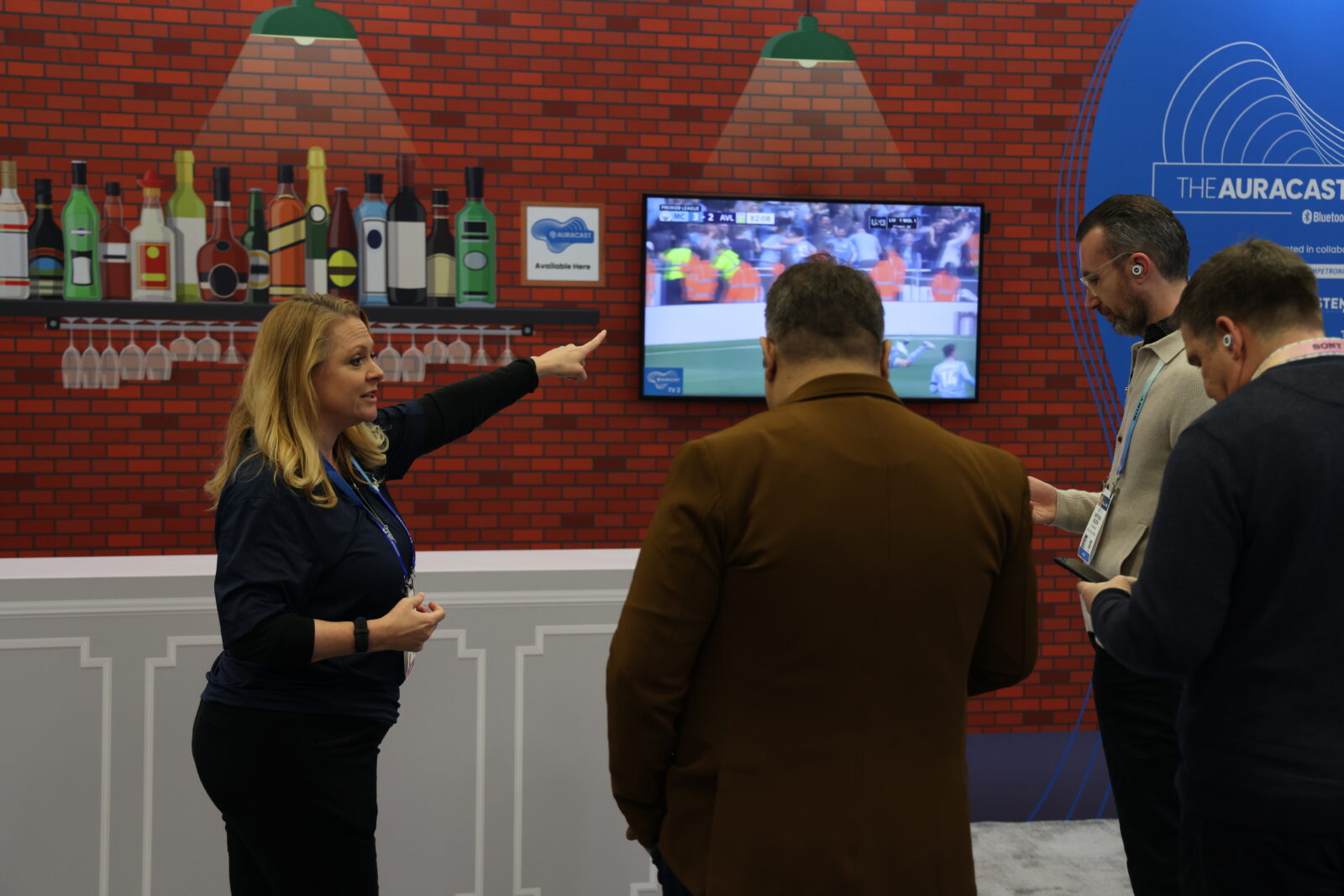
Workforce Assistance
Beyond enhancing the passenger experience, new technologies can also enhance tasks for airport employees to help streamline operations. For example, Amsterdam Schiphol Airport (AMS) is already leveraging robotics to provide baggage handlers with effective lifting aids. Meanwhile, an autonomous evoBot robot is being used in the cargo terminal and on the apron at Munich Airport (MUC) to improve air freight operations.
In addition to robotics, CES also explored how virtual reality is being used to improve employee training. Indeed, by using the metaverse for staff training on the airfield, Delta Airlines is providing its maintenance staff with a safe environment to make mistakes at a tenth of the cost of traditional training methods.
As a result, Richie Karaburun, Clinical Associate Professor of Hospitality and Tourism at NYU argued that the value of VR for enhancing processes in the industry is becoming more apparent and accepted, and its use is therefore likely to become more widespread in the coming years.
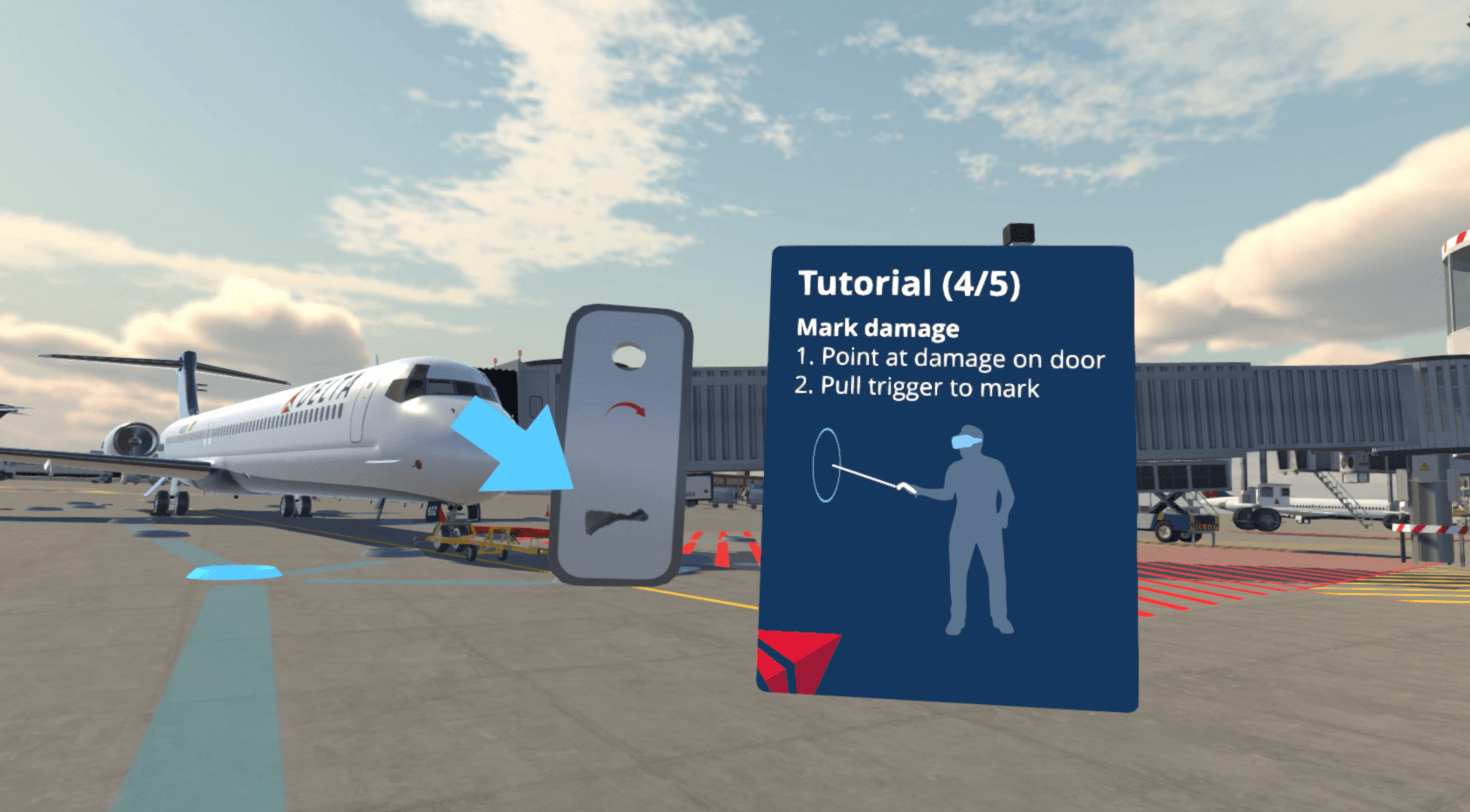
Overall, CES highlighted that the digital transformation taking place in airports is showing no signs of slowing down. Ultimately, it is expected that this will help deliver more streamlined operations and an enhanced passenger experience to help accommodate the growing demand for air travel in the post-COVID world.

